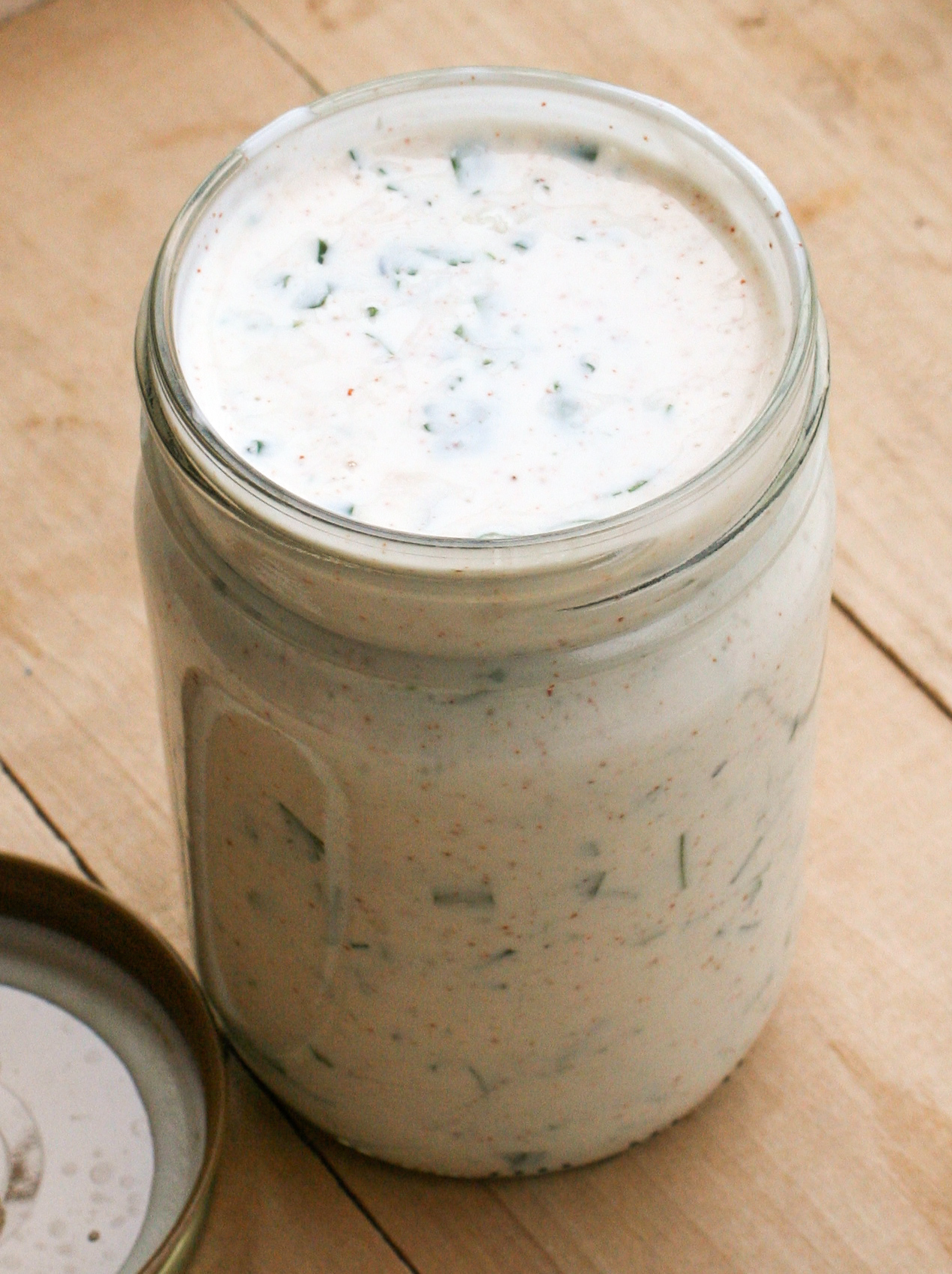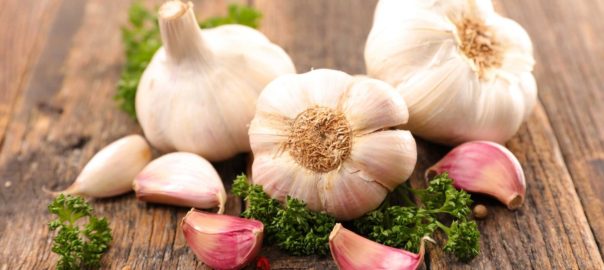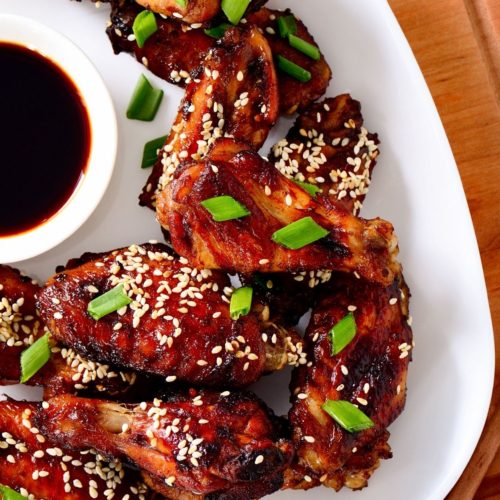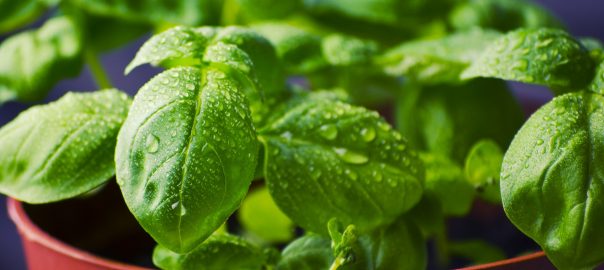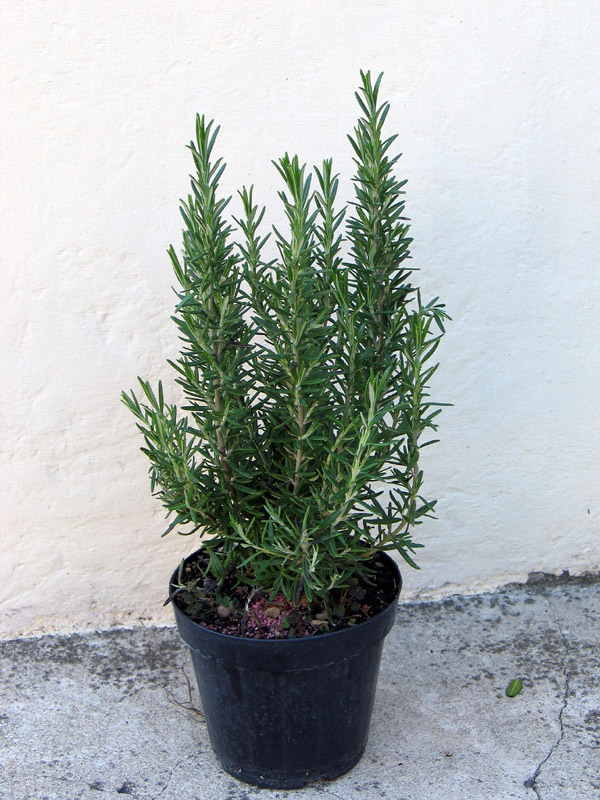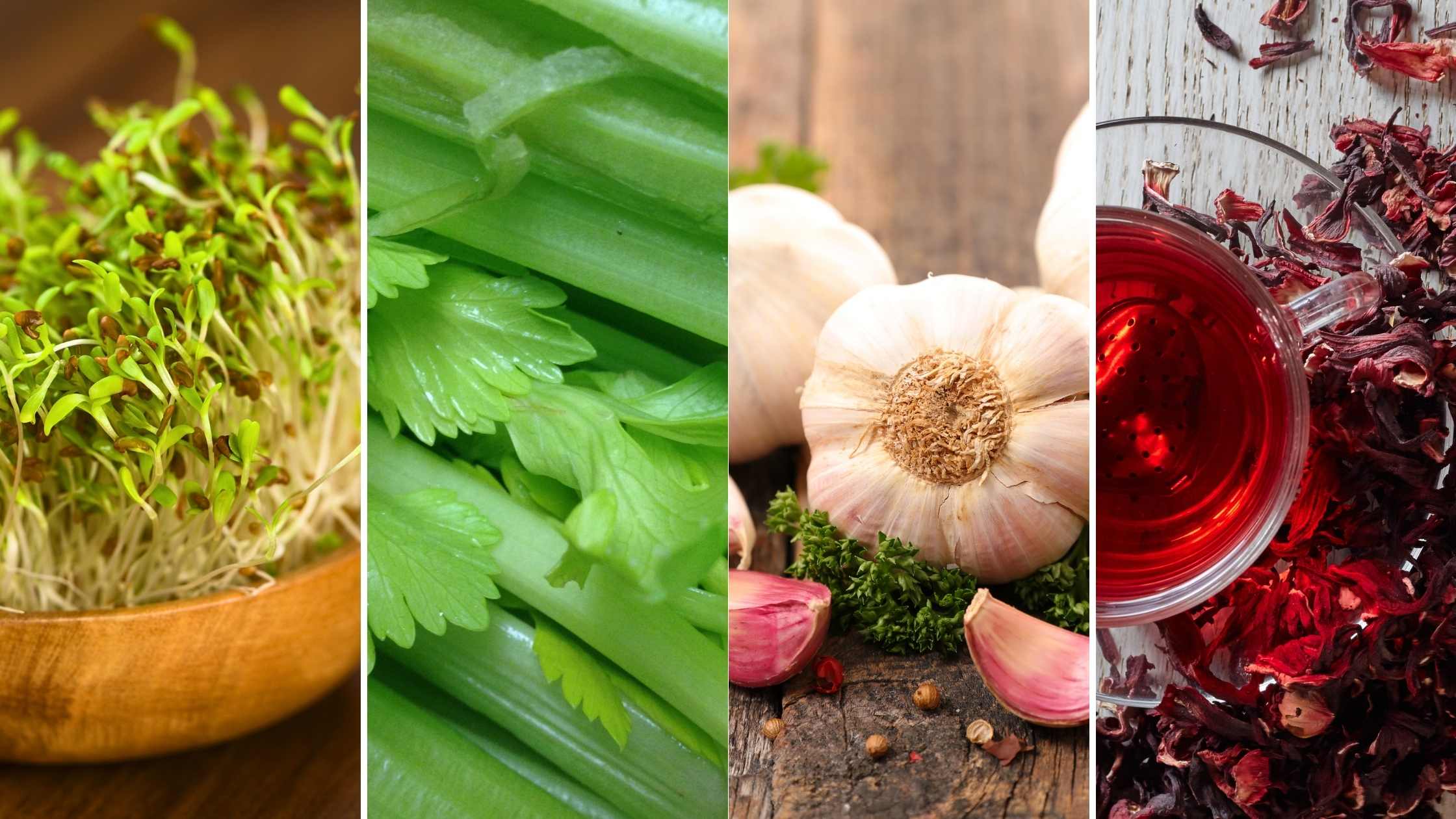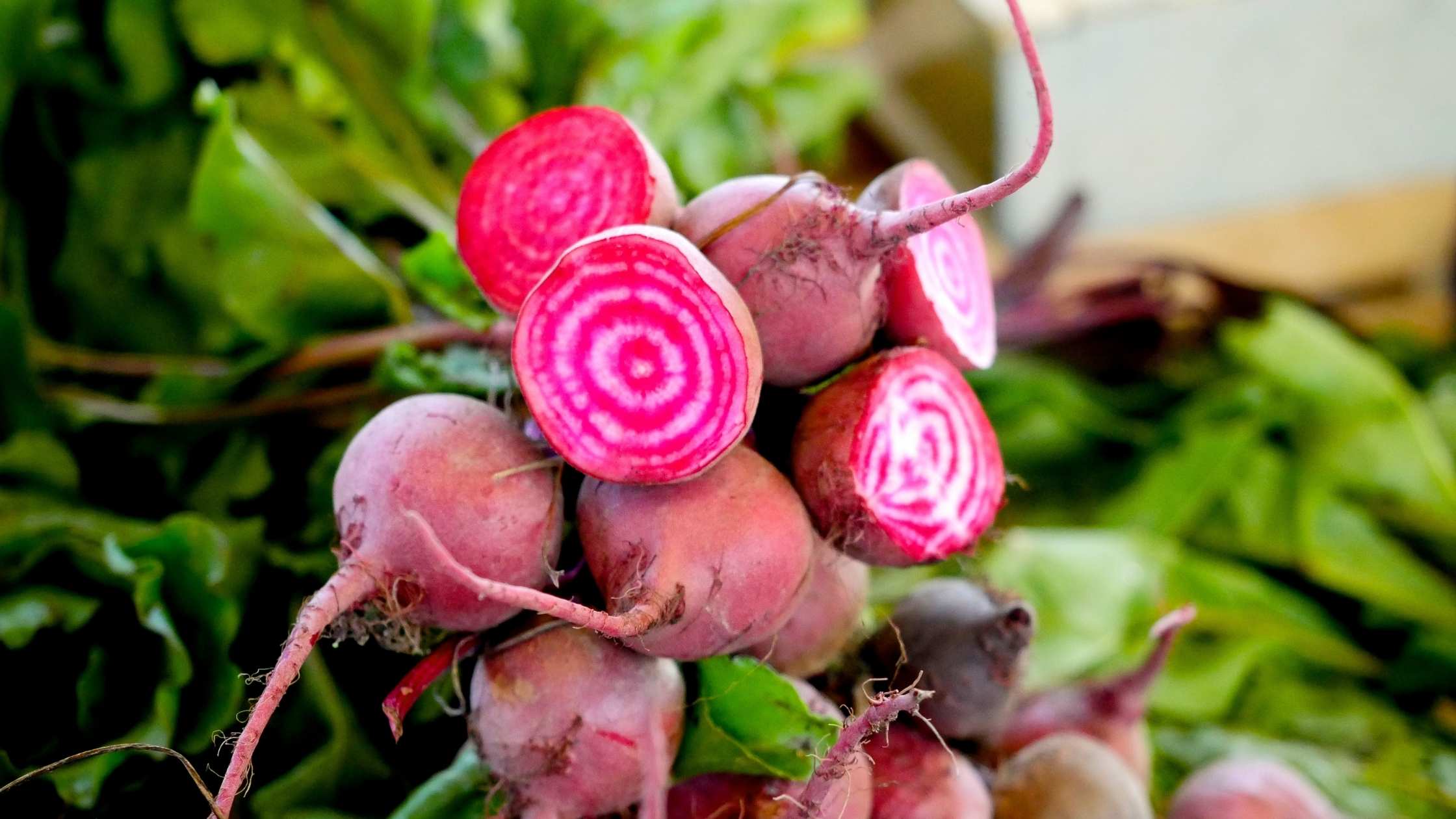Spicy heat is an interesting flavor to consider since it is not typically included among the five generally-recognized tastes – sweet, salt, bitter, sour, and umami. These five sensations are experienced when receptors on the surface of the tongue become activated by food, triggering nerve fibers that run to the brain to signal a specific taste. Spicy heat is not perceived in the same way.
Spice Perception
Your trigeminal system controls spice perception and the ensuing heat sensation. The system detects pain and irritation through nerve endings that are sensitive to touch, temperature, and pain. Capsaicin, the molecule that gives hot peppers their “kick,” for example, binds to a receptor on nerve cells that detect temperature and those that send messages of pain. Piperine, a compound found in black pepper, and allyl isothiocynanate, the burning compound in mustard and radishes, function similarly.
“Send messages of pain” might resonate with those of us who cannot handle spice. The reason we might feel a painfully “hot” sensation when we eat jalapeños, for example, is because the receptors that jalapeños trigger are usually turned on at temperatures higher than 107 degrees – this hurts! There’s no obvious biological reason why we should tolerate this chili sensation, and yet many actively seek it out and enjoy it.
These spice lovers likely curated their tolerance by eating an abundance of spicy foods and peppers. Through repeated exposure, the taste receptors eventually stop responding so strongly to the compounds found in peppers – known as capsaicin desensitization – which may explain why some are able to tolerate more spice than others. Cultural norms can also contribute to a higher tolerance for spicy food. In places like India and South America, hot peppers and spices are a part of the daily cuisine. However, even with this proclivity toward spice, these cultures don’t seem to participate in the competitive, insane heat-seeking activities that Americans pursue.
Hot and Spicy Trends
Despite the fact that nature seems to have created capsaicin and its heat sensation to repel us, food manufacturers are now using it to draw us in. Spicy foods appear to be trendy, particularly spice added to processed foods. Nearly every major commercial snack brand has some form of hot sauce flavored potato chip or cheesy puff product from Sriracha to Tapatio and Trader Joe’s currently boasts a bag of extremely spicy Ghost Pepper potato chips.
Many processed foods are now promoted for their extremely spicy and “fiery” flavors as we can see in this slideshow.
Cognitive scientists have studied how relief and pleasure sensations are intertwined in the brain, suggesting that this may explain what motivates someone to eat the world’s hottest chili pepper, the Carolina Reaper, and post it on YouTube. What we might view as pure torture and physical agony, appears to produce satisfaction from the relief felt after the painful chili flavor subsides. Psychologist Paul Rozin argues that activities such as this allow us to believe we’re doing something dangerous without any real repercussions and he coined the term “benign masochism.”
A senior manager of consumer insights for General Mills explains, “You get endorphins when you eat something really spicy,” which can feel intensely exciting to flavor-seeking eaters and can “create a lot of loyalty.”
General Mills and other food manufacturers have found a way to capitalize on this trend and continue to increase the heat of foods in pursuit of this “loyalty.” Fast food chains boast fiery fries and chicken wings, while commercial items are branded as hot habanero, ghost pepper and “wicked wasabi,” complete with goading marketing to entice the heat-addicted among us to purchase and consume them.
Perhaps spicy heat is not among the five biological taste sensations we normally experience for a reason. Pain is not typically something most of us intentionally seek out. However, if you enjoy a modicum heat and don’t experience gastrointestinal distress or other concerning side effects – more power to you.
How to Enjoy Spice Healthfully
Ideally, we can get our spice fix by consuming natural foods without ingredients such as added sugar or xanthan gum, which is often added to hot sauces to make them thicker. Instead, we can add heat through fresh ginger, wasabi, curry or chili powders, crushed red pepper, and jalapeño or chipotle peppers while staying far away from fast food’s gimmicky “extra spicy” menu items.







